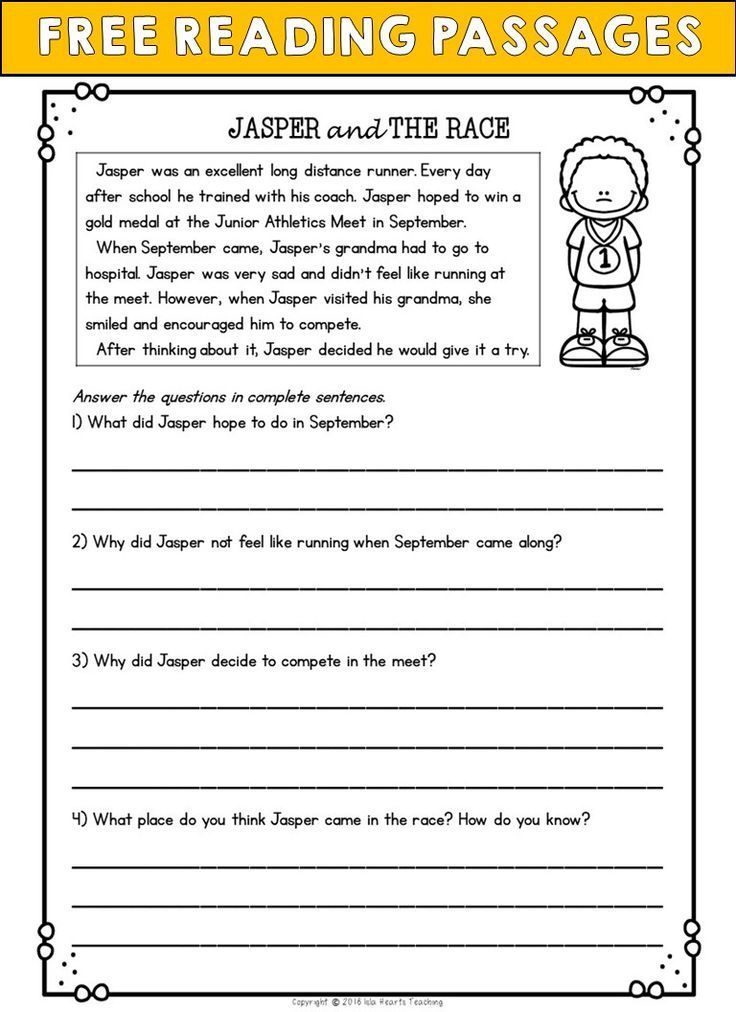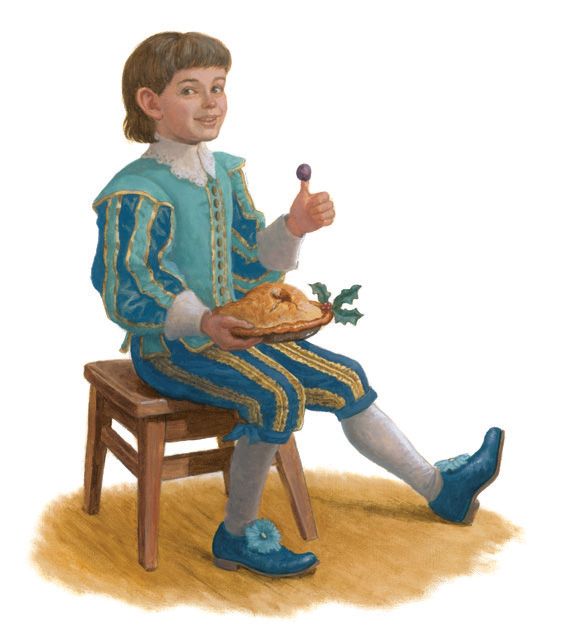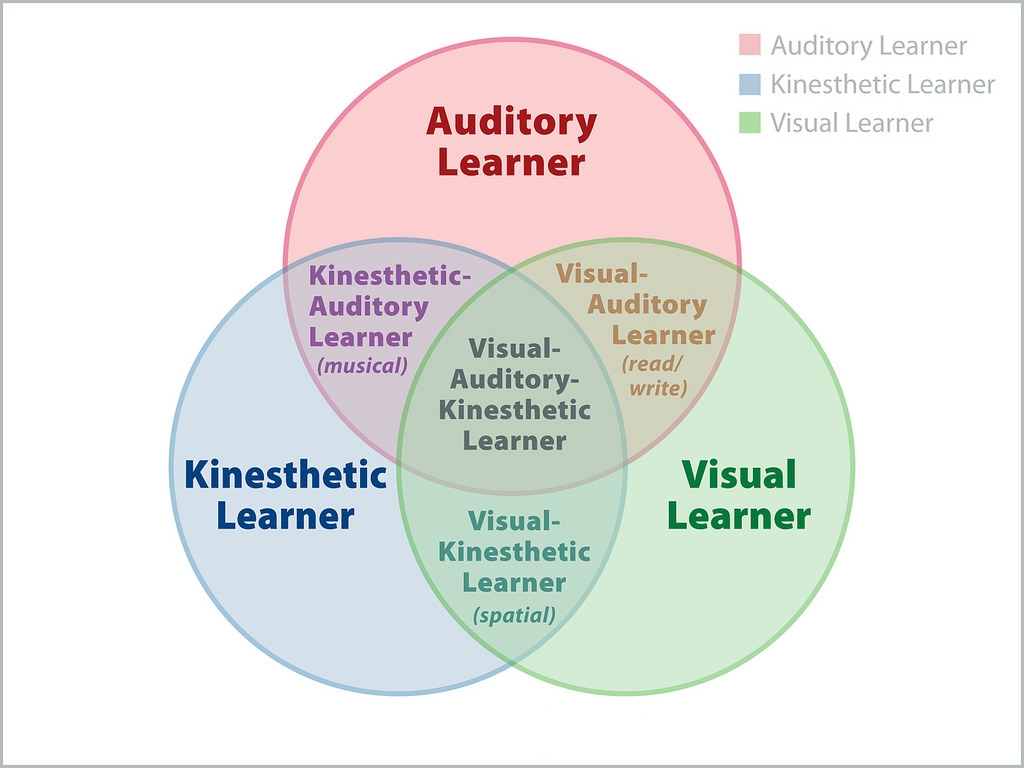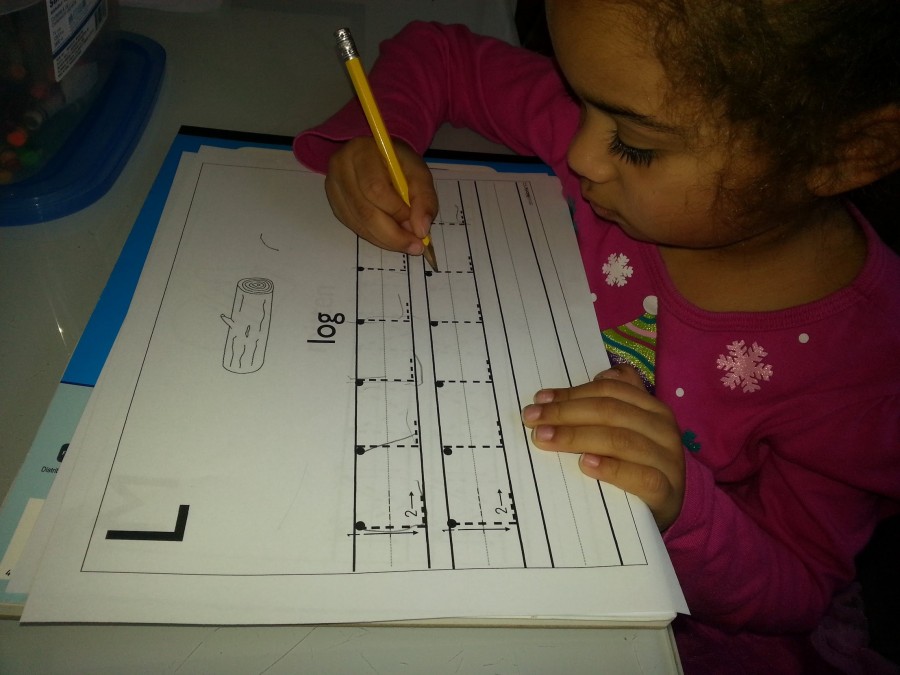Ordinal numbers for kids
Definition And Activities For Kids
Learning mathematical skills is a vital part of early childhood development. And understanding ordinal numbers and how they work is part of building this competency.
Before we dive deeper into what ordinal numbers are and how you can assist your child with learning them, it’s important to know that we use them in our everyday lives.
This means your child has probably already come across this numerical concept, even though they may not know how to put it into words yet.
To help your young learner reach a stage where they fully comprehend and can use these numbers correctly, we’ve prepared five effective activities for you to try at home.
Let’s begin!
What Are Ordinal Numbers?
Ordinal numbers help us communicate the order of objects in a series. For example, first, second, third, and so on.
In theory, this sounds easy, but explaining it to children can be a little challenging. For instance, you can show a child the number “2,” and they may be able to understand what it means to have two of something (e. g., two eyes, two ears).
But when we talk about ordinal numbers, second (the ordinal number) is very different from two (the integer).
That’s because these numbers are not just about counting — they are more about things in relation to one another. And we have to look at a whole series or set for us to determine which object is first, second, third, etc.
The good news? Most children come across these types of numbers when watching a race or playing a game. They may be able to say:
Tommy came first.
Suzi was second.
Lorna was third.
Mike was last.
Children also spend a lot of time working with ordinal numbers in their early years at school because they connect with other critical mathematical concepts, such as sequencing and counting. So, helping your child understand them is part of a good foundation.
How Do You Write Them?
There are many different ways to write numbers, depending on what you are trying to show or solve.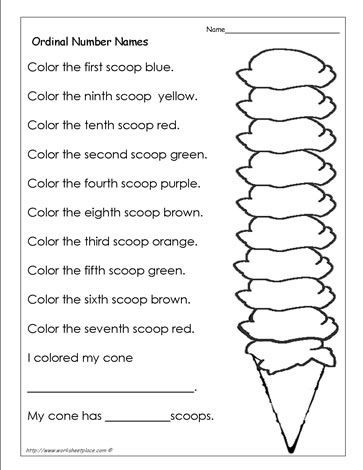 In the case of ordinal numbers, here are a few things to consider.
In the case of ordinal numbers, here are a few things to consider.
Let’s take a look at the first 10 ordinal numbers:
- First (1st)
- Second (2nd)
- Third (3rd)
- Fourth (4th)
- Fifth (5th)
- Sixth (6th)
- Seventh (7th)
- Eighth (8th)
- Ninth (9th)
- Tenth (10th)
From the above list, you can see that we write ordinal numbers by using the last two letters of the word. For example, fifth = 5th.
When looking at compound numbers, we apply the following:
- Numbers ending with 1: Only add “st” (e.g., twenty-first = 21st, thirty-first = 31st)
- Numbers ending with 2: Only add “nd” (e.g., twenty-second = 22nd, thirty-second = 32nd)
- Numbers ending with 3: o/Only add “rd” (e.g., twenty-third = 23rd, thirty-third = 33rd)
- Numbers ending with 4, 5, 6, 7, 8, 9, or 0: Only add “th” (e.g., twenty-fourth = 24th, thirty-fifth = 35th)
Some people add “ly” at the end of an ordinal number when it’s written out (e. g., firstly, secondly, thirdly, etc.). However, when dealing with larger numbers (from 9th upwards), it’s best to avoid the “ly” altogether.
g., firstly, secondly, thirdly, etc.). However, when dealing with larger numbers (from 9th upwards), it’s best to avoid the “ly” altogether.
Ordinal Vs. Cardinal Numbers
We can’t look at ordinal numbers without also identifying what cardinal numbers are and how they relate.
In a nutshell, cardinal numbers tell us how many there are of something. For example, you have two ears. We also use these numbers for counting. Ordinal numbers, on the other hand, tell us the order of things in a set. For example, Timothy is second in the line.
Distinguishing between these two concepts can sometimes be tricky, especially for young learners. For instance, they might say, “The number three question was so easy,” instead of, “The third question was so easy.”
Activities are a great way to help our children identify the differences between these two concepts. With that in mind, here’s our list of five fun and effective games you can play with your child at home!
5 Activities To Learn Ordinal Numbers For Kids
1) Toy Lineup
What You’ll Need:
- Index cards
- Marker
- Any toys of your choice
What To Do:
The simplest way to introduce ordinal numbers to children is by placing some of their favorite toys in a line.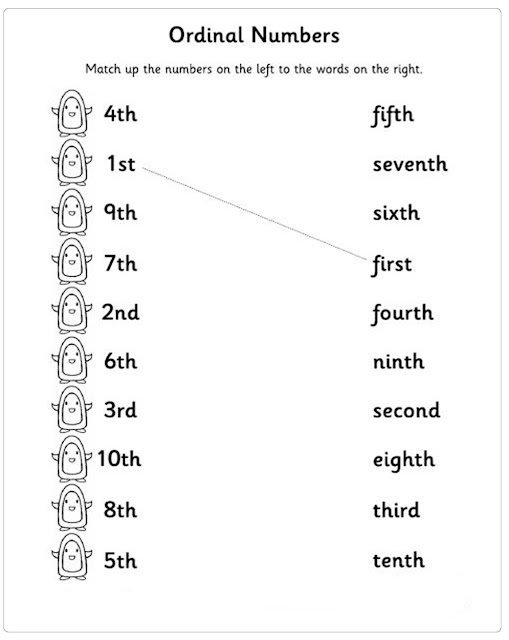
For this activity, you can use anything — dolls, toy cars, trains, legos — basically, anything you have an abundance of. After placing these items in a line, write ordinal numbers on your index cards (one number on each card).
To start playing, hand your child the index cards. Then, have them match the correct number card with each toy. For example, if they point at the fourth toy, they need to show you the card labeled “4th.”
You can start with just three to five items and, as they improve their skills, increase the line to 10 items or more.
This is a great way for children to get comfortable with what ordinal numbers look like in their numerical form.
2) Change The Lineup
What You’ll Need:
- Index cards
- Marker
- Any toy of your choice
What To Do:
As the name suggests, this activity is all about changing the positions of your lined-up objects. You can use the same toys you used in the previous game.
Start with changing the position of one object.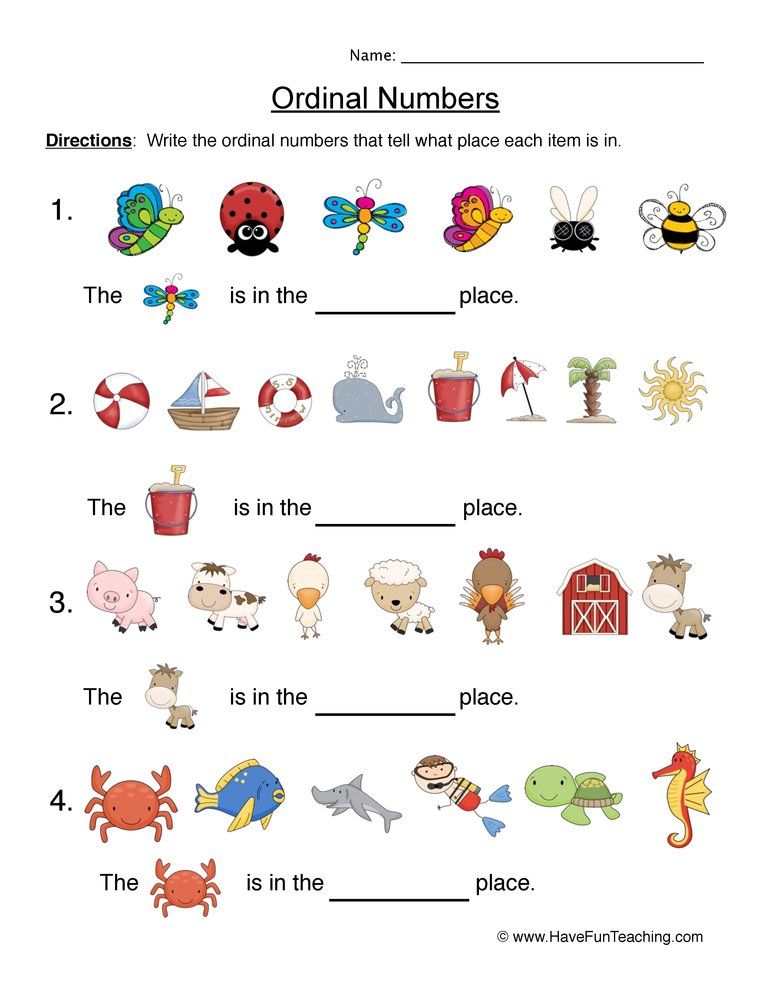 For example, move one item from the third to the last spot. Then, ask your child:
For example, move one item from the third to the last spot. Then, ask your child:
Which toy is third in line now?
Which toy is last in line now?
Continue moving just one object at a time, and encourage your child to re-evaluate their positions.
This game allows children to grasp that just one change is enough to influence the whole series. It also encourages them to think beyond memorization. As you switch things up, they’ll have to focus on which object is now the first, second, third, and so on.
3) Story Plot Map
What You’ll Need:
- A sheet of paper
- Marker
What To Do:
To begin, draw four boxes on your sheet of paper and label them with ordinal numbers (1st, 2nd, 3rd, and 4th). Next, tell a story in parts. For example, it might look something like this:
First, a girl named Emily wanted to get a cat.
Second, she went to a store and found the cutest little kitty.
Third, she asked her parents to get the cat.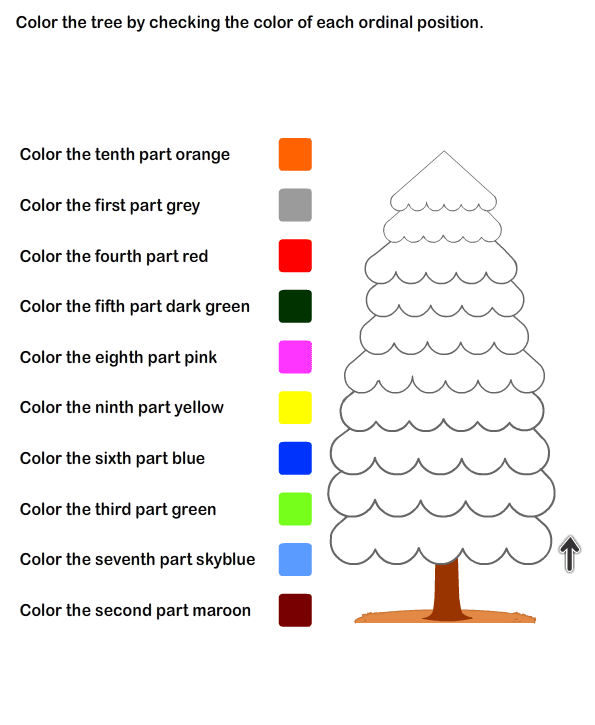
Fourth, they told her…
You can also write (or help your child write) what happens in each box as you tell the story. (So, “First, a girl named Emily wanted to get a cat” would go in the box labeled “1st”).
Point to each box as you tell that part of the story to give a visual representation of the events and emphasize the ordinal numbers (e.g., first, second, and so on).
Your story can take any direction you wish, and you can also encourage your child to give their input on what happens next.
One challenge with this game is ending the story on the last box. If there are four boxes, for example, then the fourth has to end it all. We recommend beginning by modeling all four boxes yourself first.
After that, your child thinks of box one, you get box two, they get box three, and you conclude the story for box four. After trying this a few times, let your child try the fourth box.
4) Color The Rainbow
What You’ll Need:
- White sheet of paper
- Pencil
- Crayons
What To Do:
Start by drawing eight lines in the shape of a rainbow on your sheet of paper.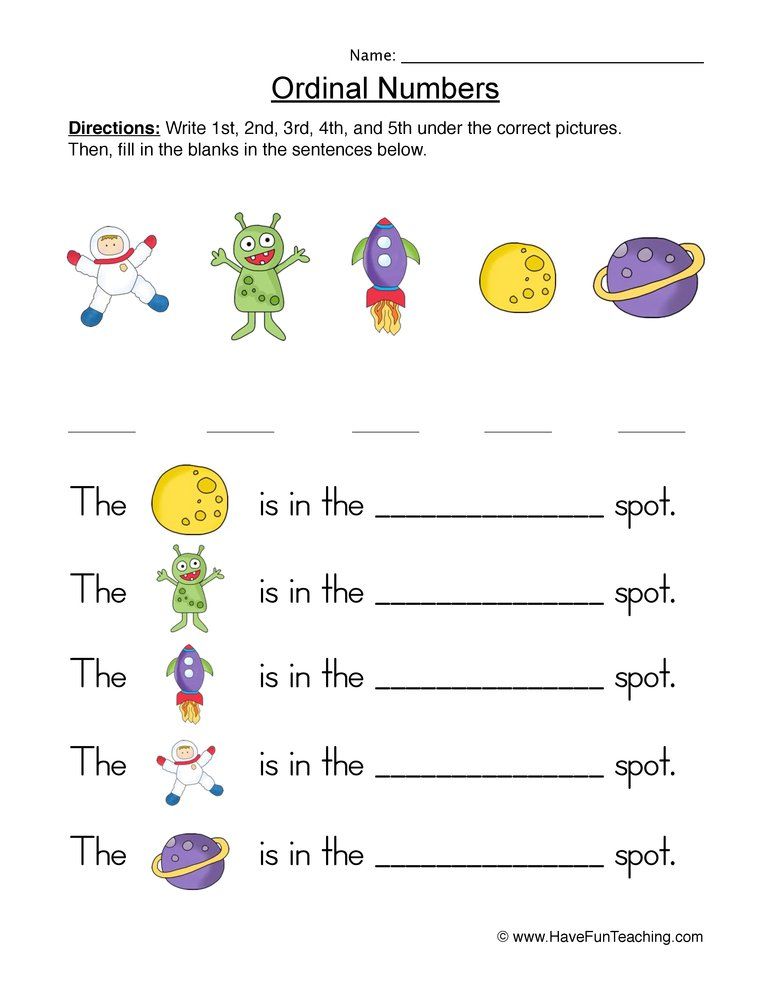 Then, hand the paper to your child. To play, have them listen to and follow directions as you tell them which stripe to color in.
Then, hand the paper to your child. To play, have them listen to and follow directions as you tell them which stripe to color in.
For example:
Color the third stripe green.
Color the fifth stripe orange.
Continue giving instructions until the rainbow has all of its seven colors.
Don’t be surprised if your child has to count each time they color in a stripe. This is all part of practicing and learning as they go, and this activity reinforces that ordinal numbers are about looking at the order of a whole set.
5) Wrong Order
What You’ll Need:
- Index cards
- Marker
What To Do:
Start by writing 1st-10th down on your index cards (one number on each card). Then, shuffle the cards and line them up in the wrong order. Very simply, the object of the game is for your child to place the cards in the correct order.
They might need a little help in the beginning, but as they get more comfortable, you can add a timer to keep things interesting: Let’s see if you can line these up in their correct order in under 30 seconds!
This is a great activity for children to practice identifying ordinal numbers in their numerical form (1st, 2nd, 3rd, etc.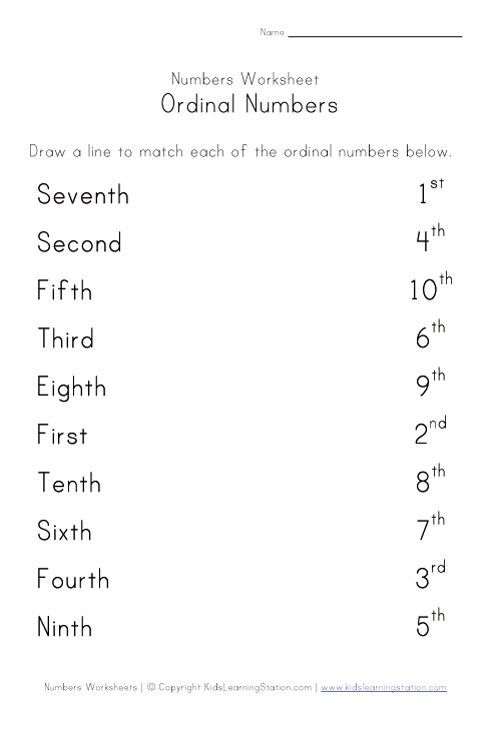 ).
).
Ordinal Numbers Are Not So Ordinary!
While we may use the concept and language of ordinal numbers every day, there’s nothing ordinary about them.
And as you can now see, helping children learn to correctly identify these numbers is crucial because they form part of other important concepts, such as sequencing. The above activities allow your child to work on and solidify their knowledge of ordinal numbers with you at home.
In addition, our Wacky Slide game from the HOMER Learn & Grow app is specially designed to help reinforce the fundamentals of understanding and working with ordinal numbers.
By using these activities — and with lots of time and practice — your young learner will be an ordinal number pro in no time!
Author
What are Ordinal Numbers? Definition, List, Examples, Facts
What are Ordinal Numbers?
Numbers that are used to represent the rank or position of an object or a person are known as ordinal numbers.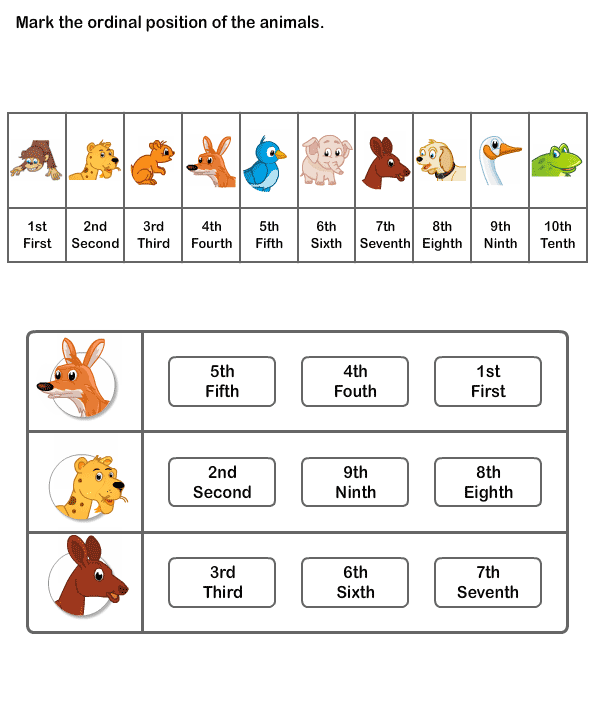 They are also referred to as positioning or ranking numbers.The sequence of ordinal numbers vary on the parameters that are based on the positions that are defined, such as weight, height, marks, size, etc. Such numbers are also known as ordinals.
They are also referred to as positioning or ranking numbers.The sequence of ordinal numbers vary on the parameters that are based on the positions that are defined, such as weight, height, marks, size, etc. Such numbers are also known as ordinals.
How to Write Ordinal Numbers?
Ordinal numbers or ordinals are written using numerals as prefixes and adjectives as suffixes.
For example, 1st, 2nd, 3rd, 4th, 5th, 6th, 7th, 8th and so on. We can easily identify an ordinal number: it talks about positioning.
So, if we were to say, “Bring me the bottle of jam that is lying on the 4th shelf.”, one would know that the ordinal number here is 4, which informs us about the position of the jam bottle.
The above picture shows different floors of a building. Here, we can use ordinal numbers to define the position of the floors.
The numbers 1st (first), 2nd (second), 3rd (third), 4th (fourth), 5th (fifth), 6th (sixth), 7th (seventh), 8th (eighth), 9th (ninth) and 10th (tenth) tell us about the positions of various floors in the building. Therefore, all of them are the ordinal numbers.
Therefore, all of them are the ordinal numbers.
Applications of Ordinal Numbers
Ordinal numbers are a great way to talk about the order of something. For example, the order of dates. These numbers are only used when data is provided and the data is to be arranged in order.
For example: Someone who has performed well throughout the year may get the chance to be valedictorian. They would be first in line. But someone who performed well, but was unable to score as much as the person before in various tests and exams, may be second in line to be valedictorian. The person who has not performed well at all, has the least amount of chance.
The picture given below shows some athletes competing in a 500-m race. We can also use ordinal numbers to define their positions in order to see who the winner and runners-up of the race are.
Other examples of ordinal numbers are as follows:
- Jennifer always ranks 2nd in the class.
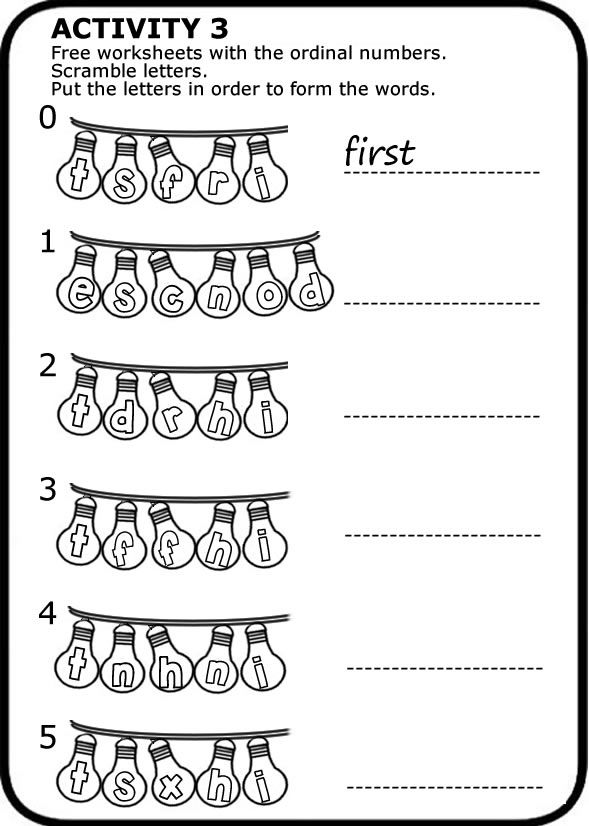
Here 2nd is the ordinal number that tells you about the position that Jennifer has secured.
- Jane is standing at the 5th place in the queue.
Hereby the ordinal number is 5th, we understand Jane’s position in the queue.
- Jenny came 3rd in the race.
Here, 3rd is the ordinal number which tells you about the place that Jenny has secured in the race.
- The 10th table is reserved.
Here, the ordinal number 10th refers to the number of table reservations made.
Ordinal Numbers 1
– 50 listOrdinal Numbers 51
–100 listOrdinal Numbers v. Cardinal Numbers
The type of numbers that are used for counting the number of objects or persons are known as cardinal numbers. This type of numbers are used for representing the cardinality of the number of elements in a set.
Cardinality means to know about the number of elements in a set.
Cardinal numbers can be the natural numbers that we use while we are counting like one, two, three, four, five and so on.
On the other hand, ordinal numbers are used to determine the rank or position of any object or person. We write ordinal numbers using numbers as prefixes and adjectives as suffixes.
Let us understand the difference with the help of an example.
Some students were asked to collect marbles.
Tom collected 1, Jane collected 2, and Clove collected 3 marbles.
Here the numbers 1, 2, 3 are cardinal numbers as they represent the quantity of marbles.
Now, the one who scores maximum wins. So, Clove stands 1st, Jane stands 2nd and Tom stands 3rd.
Here the numbers 1st, 2nd and 3rd are ordinal numbers as they represent the position of the students.
Ordinal Numbers v. Nominal Numbers
A set of numbers that are used for labeling certain items or places so that they can be identified easily are known as nominal numbers. Whenever we have to identify an object uniquely, we use nominal numbers. These numbers are not of much use because they are just going to give information about location and not about its quantity, quality, etc. Nominal numbers can be used as area codes, on number plates of vehicles, etc. Operations such as addition, subtraction, multiplication and division are meaningless on nominal numbers.
Whenever we have to identify an object uniquely, we use nominal numbers. These numbers are not of much use because they are just going to give information about location and not about its quantity, quality, etc. Nominal numbers can be used as area codes, on number plates of vehicles, etc. Operations such as addition, subtraction, multiplication and division are meaningless on nominal numbers.
For example: In a phone number like 202 588-6500, the number is a nominal number. Even if we apply an operation, it will not give us anything meaningful.
On the order hand, the ordinal numbers tell us about the rank or position of any object or person.
For example: Sophia lives in the 34th house on San Pablo Avenue, California.
Fun Fact!
11, 12 and 13 are the only numbers to use a suffix ‘–th’ but all other numbers ending with 1 use ‘–st’, those ending with 2 use ‘–nd’ and those ending with 3 use ‘–rd’.
Solved Examples
Example 1: Which English alphabet is 12th from the beginning?
Solution: The alphabet that is 12th from the beginning is L.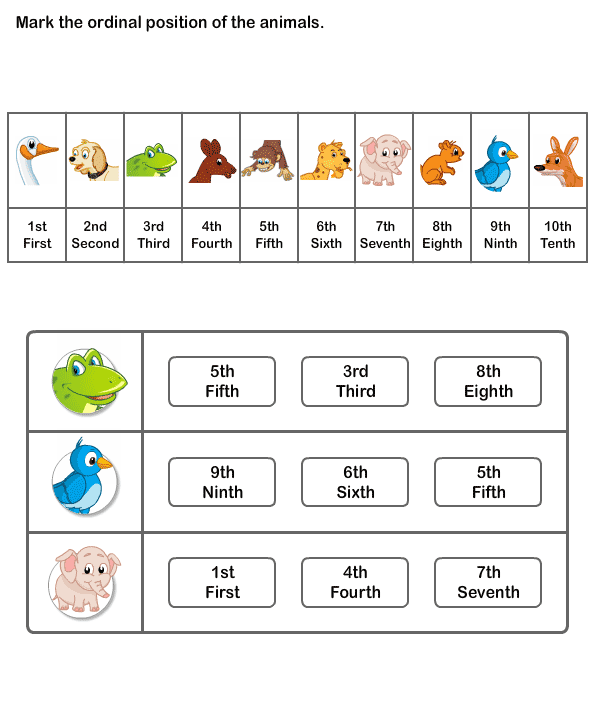
Example 2: Kim, Kethy, Kiah and Kaina are sitting in the line in alphabetical order. What is the position of Kiah from the beginning?
Solution: According to alphabetical order, the order in which they’re sitting would be: Kaina, Kethy, Kiah, Kim. So, Kiah is at the 3rd position.
3. Christmas lies on the _____ of December. Solution: Christmas lies on the 25th of December.
Practice Problems
1
Which one of the following denotes an ordinal number?
The vehicle number of Sarah is KL23AB89.
There are 9 apples on the tree.
Catheline came 4th in the drawing competition.
None of these
Correct answer is: Catheline came 4th in the drawing competition.
In the option C, the number 4th is telling about the position of Catheline in the drawing competition.
2
How do you write 51 in ordinal numbers?
51
51st
51th
51rd
Correct answer is: 51st
The ordinal number for 51 for 51st.
3
In the word, “COMPENSATION”, which are the fourth and tenth letters?
M and O
M and N
P and I
E and O
Correct answer is: P and I
The fourth letter is P and the tenth letter is I.
Frequently Asked Questions
Is 0 an ordinal number?
No, we cannot write 0 as an ordinal number.
What are exceptional ordinal numbers?
Exceptional ordinal numbers are the ordinal numbers that do not end with -th. For example: 1st (first), 2nd (second), 3rd (third), etc.
Who invented ordinal numbers?
Ordinal numbers were invented by Georg Cantor in 1883.
Ordinal and quantitative counting for preschoolers
Teach a child to count before he becomes a first grader? Easily! To do this, you need to awaken in a preschooler an interest in mathematics and simple calculations. Of course, the game will help in this! Playfully, you can learn not only to count, but also to distinguish a quantitative account from an ordinal one.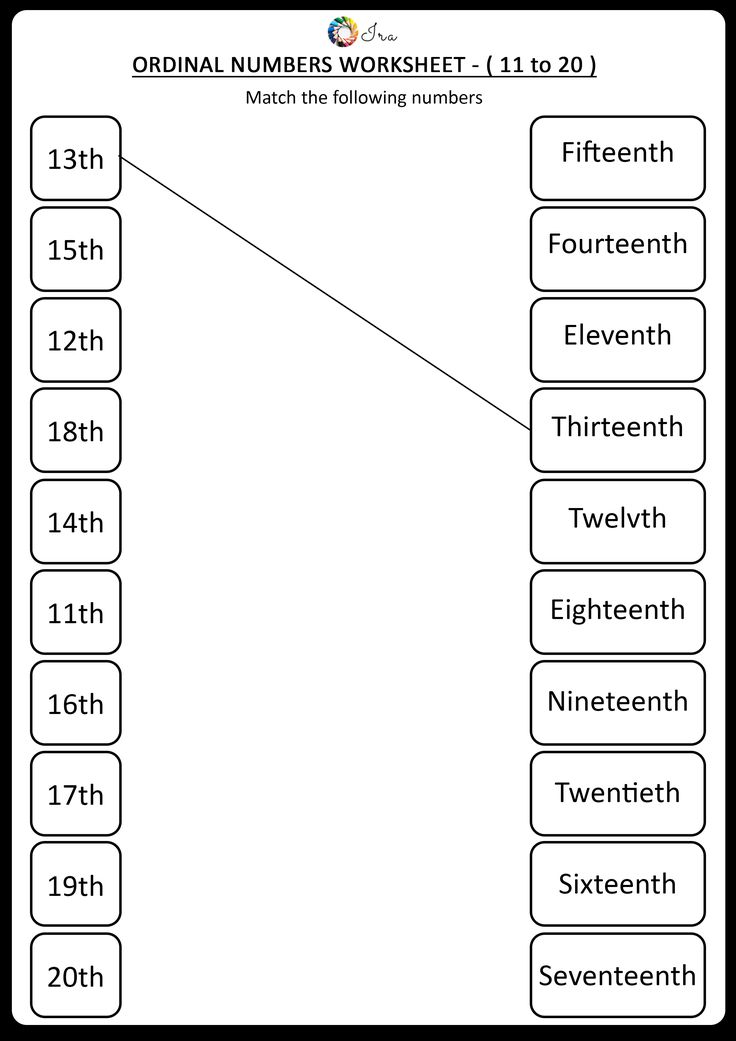 Forgot what it is and what is the difference? We invite you to refresh your knowledge.
Forgot what it is and what is the difference? We invite you to refresh your knowledge.
Mathematical counting is an action for counting something. The school teaches ordinal and quantitative counting. Let's talk about them.
Content:
- What is a quantitative account
- What is the serial account
- Vacation and quantitative accounts - 5 differences
- Dummies
- Director
- value
- Games for reinforcing the material
- "On the clouds" with ordinal counting
- Game for quantitative and ordinal counting - Rainbow-arc
- Game - Luntik's birthday
- Useful recommendations
What is a quantitative account
A quantitative account implies an answer to the question: "How much?".
As soon as the child remembers the question, he will understand what is required of him.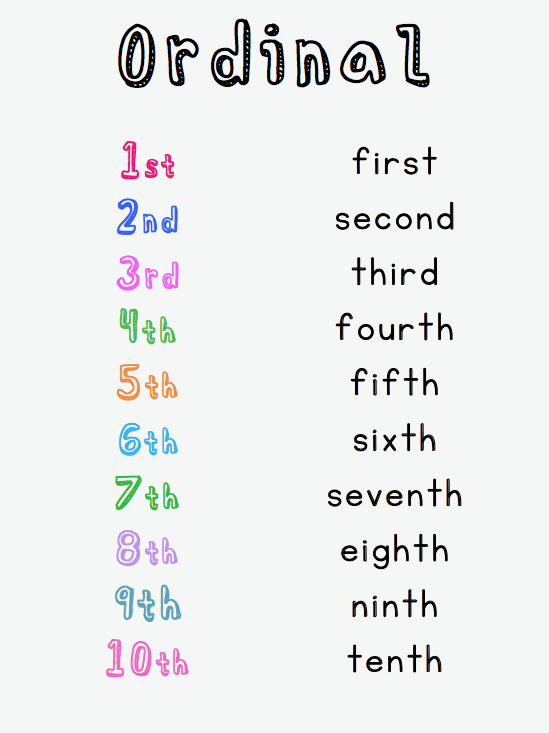 Of course, information is best absorbed in the form of gaming exercises.
Of course, information is best absorbed in the form of gaming exercises.
Example: Place objects in front of your baby. Ask him a question, give him the opportunity to count and answer.
The game can be gradually made more difficult. For example, adding or removing some of the items, grouping according to characteristics, etc.
What is an ordinal score
An ordinal score is associated with the question: "What is the score?".
It's simple. Again, the game and objects, preferably something different from each other, for example, felt-tip pens. Ordinal from the words "order, in order", this will help the child remember the main question. Ask him to determine the serial number of any of the items.
To complicate the game tasks, swap items, take away or add new ones, inviting the child to explain how and why the serial number changes.
Ordinal and quantitative accounts - 5 differences
Only an account is common between them.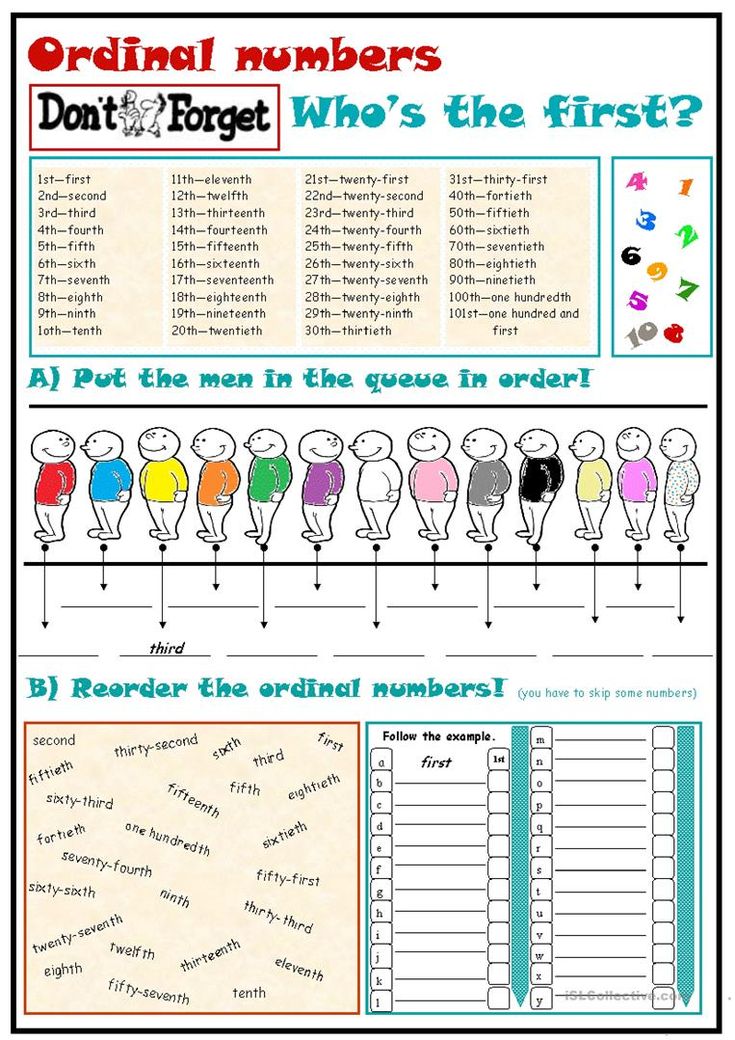 You have to count to get the answer to the question in the end. Everything else is different:
You have to count to get the answer to the question in the end. Everything else is different:
- goals;
- numerals;
- questions;
- direction;
- value.
Difficult at first glance. For a preschooler, it may even be incomprehensible, but if you play a little, everything will become clear!
Goals
A quantitative account is used to count something. The end goal is to determine the total number. An ordinal count is needed to determine the number of an item in an ordered set.
A simple example. Arrange the fruits in a row: apple, pear, tangerine, orange and pomegranate. A quantitative account will help us calculate how many fruits are on the table - 5.
Ordinal is needed to determine the ordinal number of each fruit in the row. The apple is the first, the pear is the second, the tangerine is the third, the orange is the fourth and the pomegranate is the fifth. The same can be done from right to left, the serial numbers of fruits in this case will change.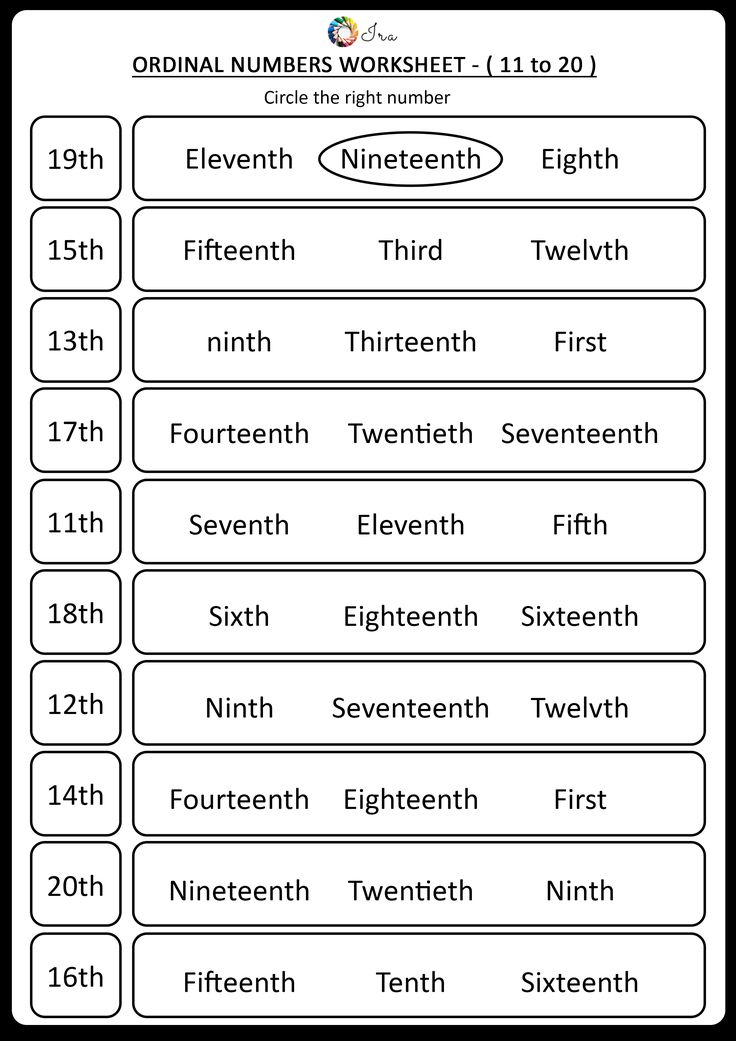
Numerals
Ordinal counting is impossible without ordinal numbers (indicate the order of an object in a series of sequences), and quantitative counting is impossible without quantitative ones (indicate the quantity).
For example, one, two, three are quantitative, the first, second, third are ordinal numerators.
Questions and Answers
It is easiest for children to remember how the ordinal count differs from the numeral count by asking questions. "How?" - numeral, "what, what number?" - ordinal.
This example game can be played all day long until the child memorizes the information. Ask questions about everything around him. For example:
How many legs does a stool have?
How many fingers are on the hand?
How many rooms are there in the apartment?
or
What floor are we on?
What candy do you eat?
Direction
To calculate how many items in total, it does not matter how to do it from right to left or vice versa.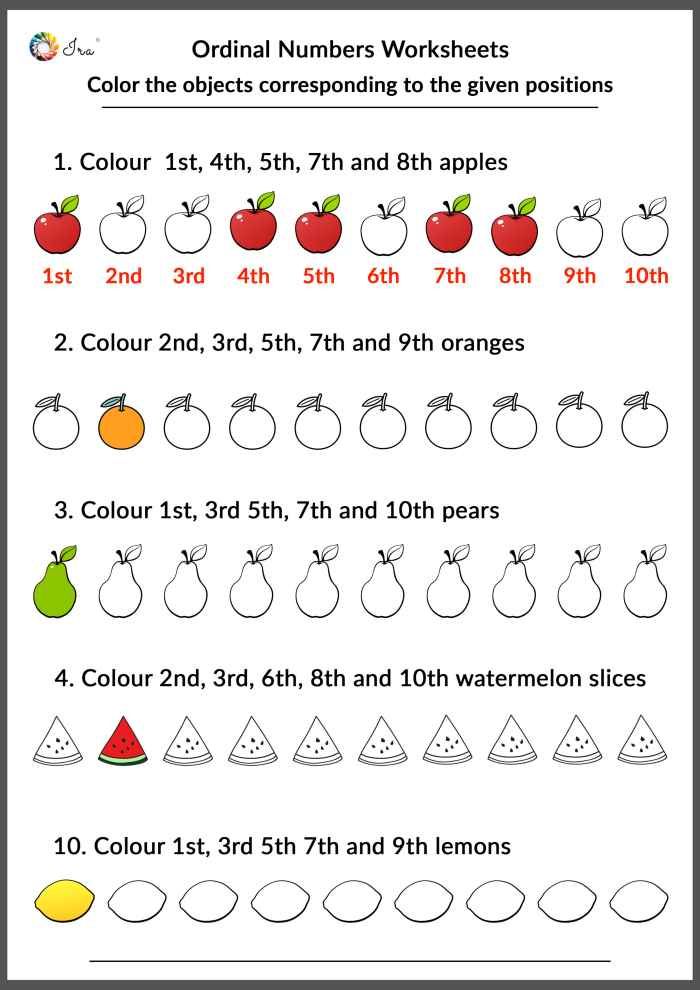 The goal is to determine the total. You can find out the number of an item in a set only after specifying the direction. Ordinal numbers change depending on whether you count from right to left or vice versa.
The goal is to determine the total. You can find out the number of an item in a set only after specifying the direction. Ordinal numbers change depending on whether you count from right to left or vice versa.
Example:
Can you show the third bird from the right?
What color is the second house on the left?
These are tasks for determining the sequence number with direction. Explain to the child that the total number of objects does not change when the direction changes.
Meaning
Quantitative count indicates the totality of items, and ordinal helps to determine the place of each.
Games for reinforcing the material
"On the clouds" with an ordinal score
An interesting game for reinforcing the ordinal score with the smallest. To play, you will need any small toy smaller than an A4 sheet. The toy is the main character of the game. She will ride on fluffy clouds.
Ordinary white sheets of A4 format are suitable for the role of clouds. By the way, by inviting your child to imagine the sheets in the form of funny clouds, you will push him to dream up a little.
By the way, by inviting your child to imagine the sheets in the form of funny clouds, you will push him to dream up a little.
So what needs to be done. Lay out the sheets-clouds in a row. Place the toy on any of them. Start asking questions:
How many clouds do we count?
Are all clouds the same?
Can you show me where the toy sits?
How can we find out which cloud she is riding?
Answering the questions, the child will count the clouds, he will be able to find out for himself that the toy is sitting on the first, second or third. You can play this game for a long time. The toy will soon get bored on its own cloud, it will want to transfer to another one, and then to the next one, and so on. As you play, keep asking your child probing questions.
Number and Ordinal Counting Game - Rainbow Arc
You will need multi-colored identical objects. Ideally 5-7 colors. It can be anything - from building blocks and cubes to carved figures from cardboard, balls, plastic plates, etc.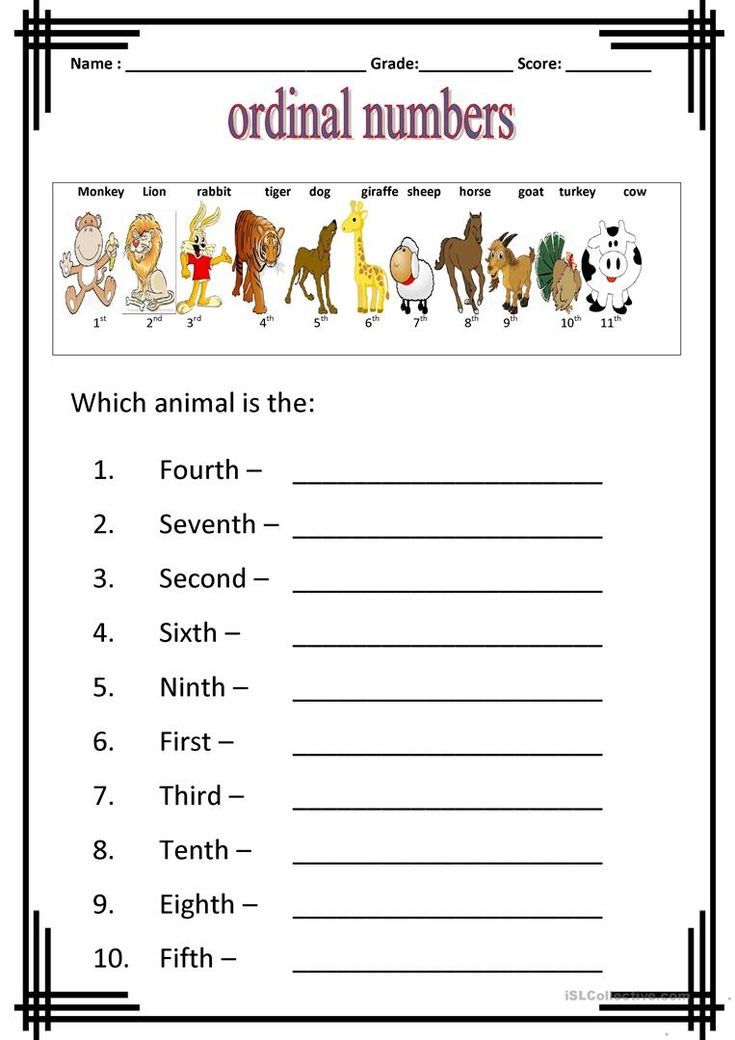
To reinforce quantitative counting, simply ask your child to count objects. Complicate the tasks by grouping them by color or some specific features.
When practicing ordinal counting, invite your child to name the number of an object by color and vice versa. For example:
What color is the third ball in a row?
What is the blue cube on the right?
Show me the second clothespin from the left, what color is it?
Change objects, direction of counting, number before the child begins to lose interest in what is happening.
Game - Luntik's birthday
If the child does not know or does not like Luntik, you can replace him with any other cartoon character. So how to play.
Together with your child or on your own, you need to cut out 5 identical balloons on a stick from cardboard. Under one draw a birthday cake. The purpose of the game is to fix in the mind of the child the idea that the serial number always points to a specific object and depends on the direction of the count.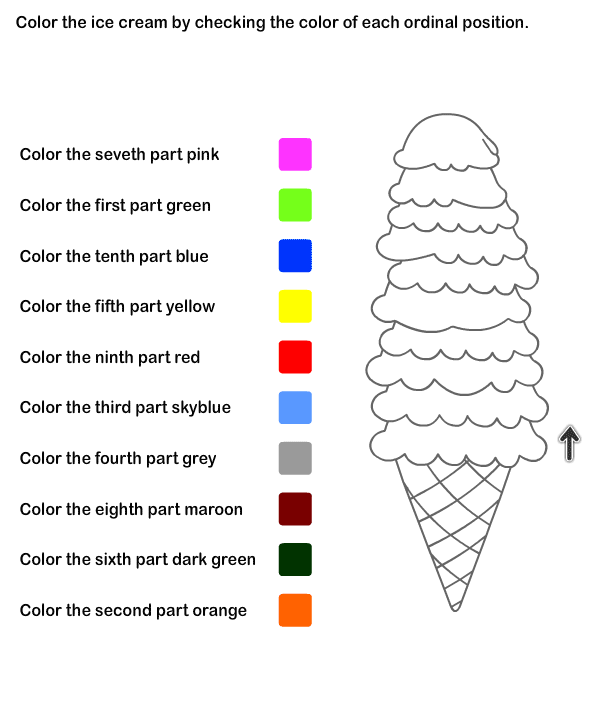
The essence of the story is as follows. Luntik has a birthday. All the guests decided to give him a balloon. But someone could not resist and prepared a birthday cake for the birthday boy. Luntik knows that a surprise awaits him. The caterpillars told him about this in secret. But apart from the fact that the guest who brings the second ball will have a surprise, he does not know anything!
Task: Find the second ball and make sure that Luntik gets a cake with it. To begin with, try to do it for the birthday man. For visibility, let him begin to count from the wrong end, skip the balls or swap them. The main thing is to clearly show the baby that the direction of the account affects the final result.
Variations of the game are different. You can swap balls, pick up, add, etc. Each time the child must determine what has changed, why, what has become the serial number of the balloon with a birthday cake.
Helpful Hints
To get toddlers under 4 interested in counting in the summer, tell them it will help them find out the total number of items and find a place for each.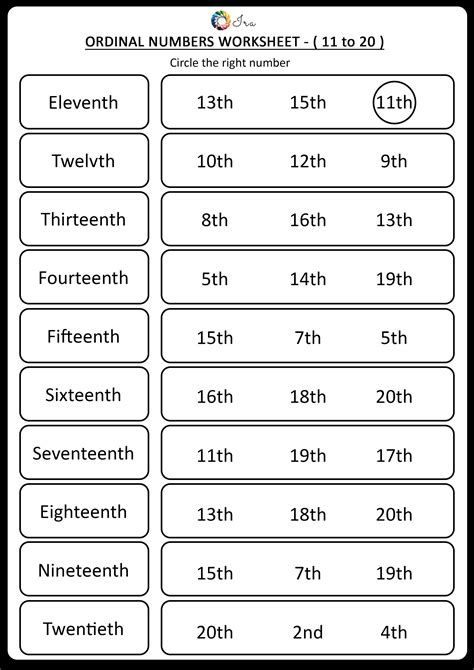 However, do not expect too much from preschoolers. They will be confused, sometimes frankly bored and even mischievous. Due to their age, it is not so easy for them to understand the mathematical difference between ordinal and cardinal numbers, even if it is just a game.
However, do not expect too much from preschoolers. They will be confused, sometimes frankly bored and even mischievous. Due to their age, it is not so easy for them to understand the mathematical difference between ordinal and cardinal numbers, even if it is just a game.
Be patient and kind. Do not give up trying to help the guys learn the material in a playful way, gently correct if they are wrong. Try to learn with the crumbs that "one, two, three" is needed in order to find out how many items in total, and "which" - to determine the place.
Use available items, fantasize and interact with your child for fun. This is the easiest way to instill, if not love, then interest in mathematics from early childhood. Play the games above, come up with your own scenarios, and don't forget to mark your progress by gradually increasing the difficulty.
Rating: 5/5 - 4 votes
Numbering (numbers) of teeth in dentistry - a scheme for adults, how to count teeth by numbers night, restless horror baby, oh those fives.
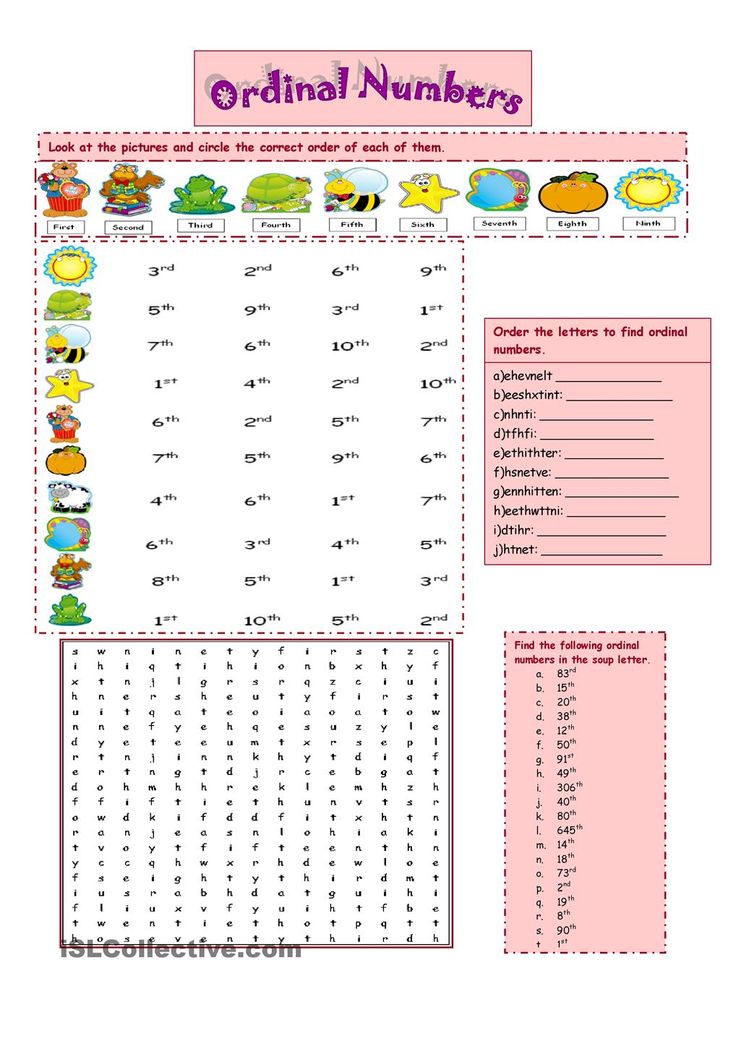 My youngest is already 7, and his fours have not changed yet. Well, about the "eights" - wisdom teeth are generally legendary, they caused so much suffering to their owners.
My youngest is already 7, and his fours have not changed yet. Well, about the "eights" - wisdom teeth are generally legendary, they caused so much suffering to their owners. But that's nothing. You can also hear this: The doctor said that I need to remove 42 teeth, and the card says 5+. In general, nothing is clear.
In order to understand what we are talking about and to easily support a conversation on a dental topic, our dentist Elizaveta Mikhailovna and I decided to let you in on the secrets of dental numbering 💫
Content
- Teeth names
- How they are numbered
- Numbering in children
- Viola International System
- Haderup system
- Zsigmondy-Palmer system
- Universal Numeric Letter System
Teeth names
incisors are 4 front teeth. There are central ones - “ones”, and side ones - “twos”. It is the incisors that we use when we need to bite something (or bite someone) 😂.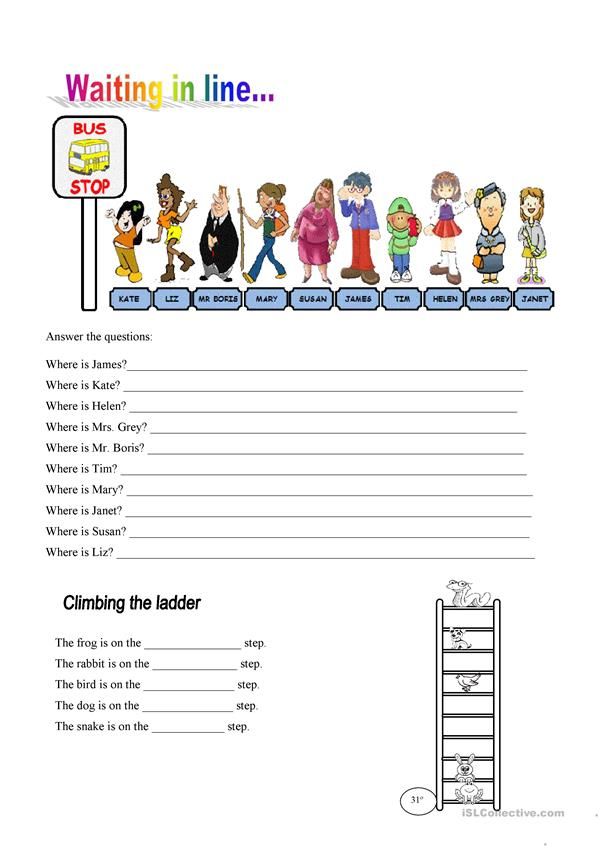 They have a thin and sharp edge, a flat shape and only one root. And they get all the attention when they compliment your smile.
They have a thin and sharp edge, a flat shape and only one root. And they get all the attention when they compliment your smile.
Fangs - we inherited from predatory ancestors. It is with the help of fangs that you will try to bite off a piece of tough meat. They go right behind the cutters-twos, so it is logical that they are called "triples". The fangs are cone-shaped, with a sharp edge and the longest roots. We have only one canine on each side of the jaw.
Premolars - right behind the canines on each side we have a couple of slightly larger dental units. They are chewing and may have 1-2 roots. From the center there are 4 and 5 in a row.
Molars are the most distant and widest teeth with developed roots. These are the so-called "sixes", "sevens" and "eights". These are powerful teeth with 2-3 roots and a wide chewing surface.
On the jaw it looks like this:
The farther from the center, the higher the chewing load and, accordingly, the more roots.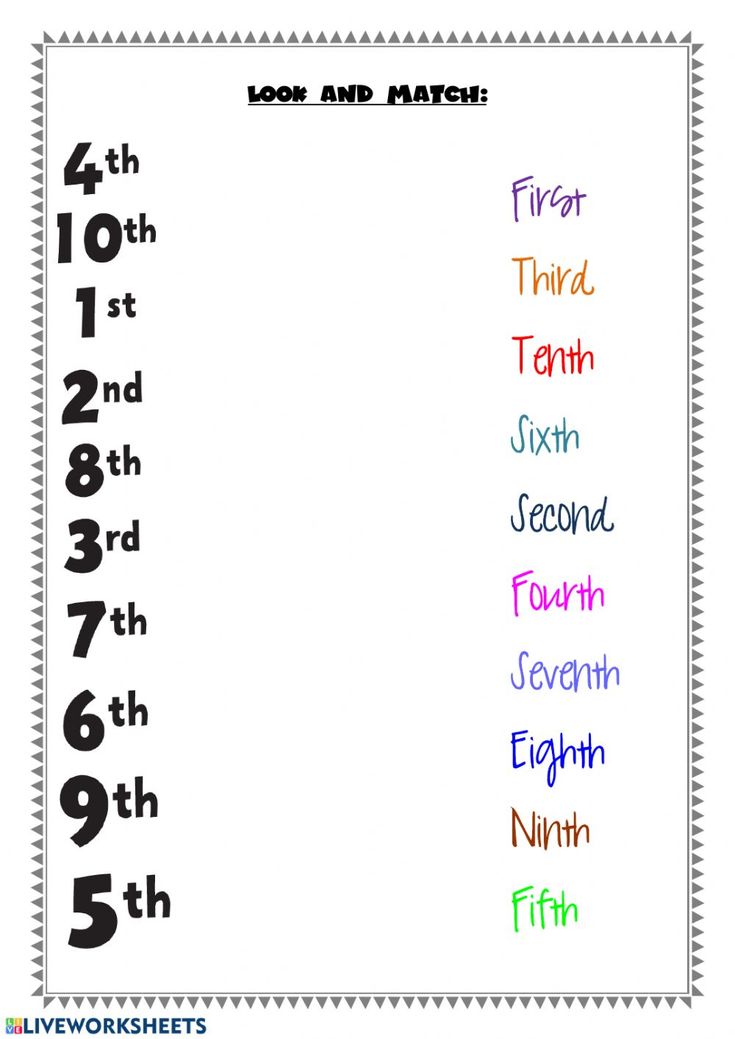
Scheme and principle of numbering of teeth
There are several numbering systems, and all of them are designed to designate each dental unit as accurately and clearly as possible. To accurately determine the coordinates, you need to know several parameters:
- tooth serial number - in different systems, the reference point will be different;
- on which jaw it is located;
- which side - right or left.
Differences in dental unit numbers for adults and children
With permanent teeth, everything is more or less clear - there are 32 of them. Although more and more often modern people do not count several, or even all "eights". Due to the decrease in chewing load, they gradually become rudiments. Sometimes they “sit” in the jaw and do not show outward (partially or completely), but more and more often there are cases when there are not even rudiments of third molars in the jaw.
But the situation with children's teeth is more complicated, since you need to designate all of them - both dairy and permanent, even if they have not yet grown.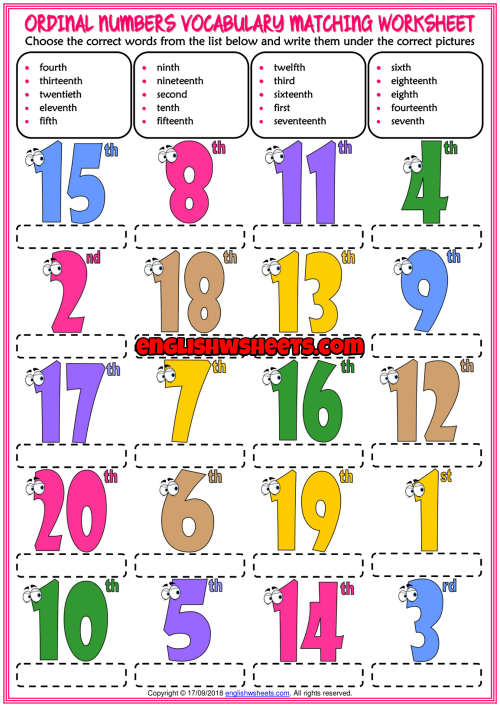 It seems, why number them if you can't see from them? Alas, it happens that the teeth begin to deteriorate even before eruption or grow incorrectly. In this case, you need to monitor their condition. And it is much more convenient to do this if each dental unit has its own designation.
It seems, why number them if you can't see from them? Alas, it happens that the teeth begin to deteriorate even before eruption or grow incorrectly. In this case, you need to monitor their condition. And it is much more convenient to do this if each dental unit has its own designation.
Numbering systems
Viola International System
It is thanks to this system that you can hear a funny phrase, like: “Oh, something the doctor found a hole in my 44th tooth (right four from the bottom). Or my child’s doctor said that the 33rd tooth (lower left three) is growing unevenly!”. This system is also used by the doctors of the Light Dentistry clinic.
The designation of the dental unit consists of 2 digits:
- Segment number;
- tooth no.
Reference point is the center of the jaw.
Permanent dentition numbering:
- 1 - top right;
- 2 - top left;
- 3 - bottom left;
- 4 - bottom right.
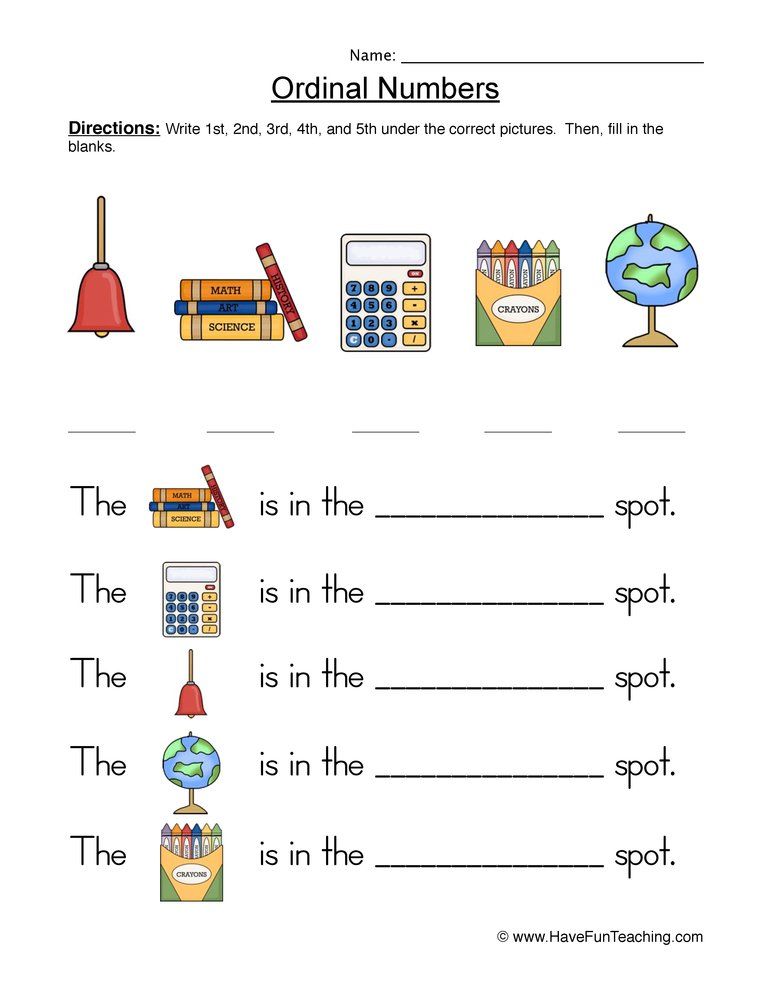
Milk bite segment numbers:
- 5 - upper right;
- 6 - upper left;
- 7 - lower left;
- 8 - lower right.
The principle is as follows: the numbering of the segments starts from the top right and moves counterclockwise.
Haderup system
Numbering of dental units starts from the center. The jaw is indicated by + or − signs. It is easy to guess which sign indicates which jaw - upper or lower. Determining the right or left side is also easy. On which side + or - - on that side the dental unit is located.
The numbering of the milk bite is based on the same principle, only there is one difference - the digital designation will start from 0. For example, the second upper incisor on the left will be designated +02, and the lower canine on the right - 03−.
Zsigmondy-Palmer system (square-digital system)
This system is user-friendly and understandable, which is why it is still used in orthodontics and maxillofacial surgery.



